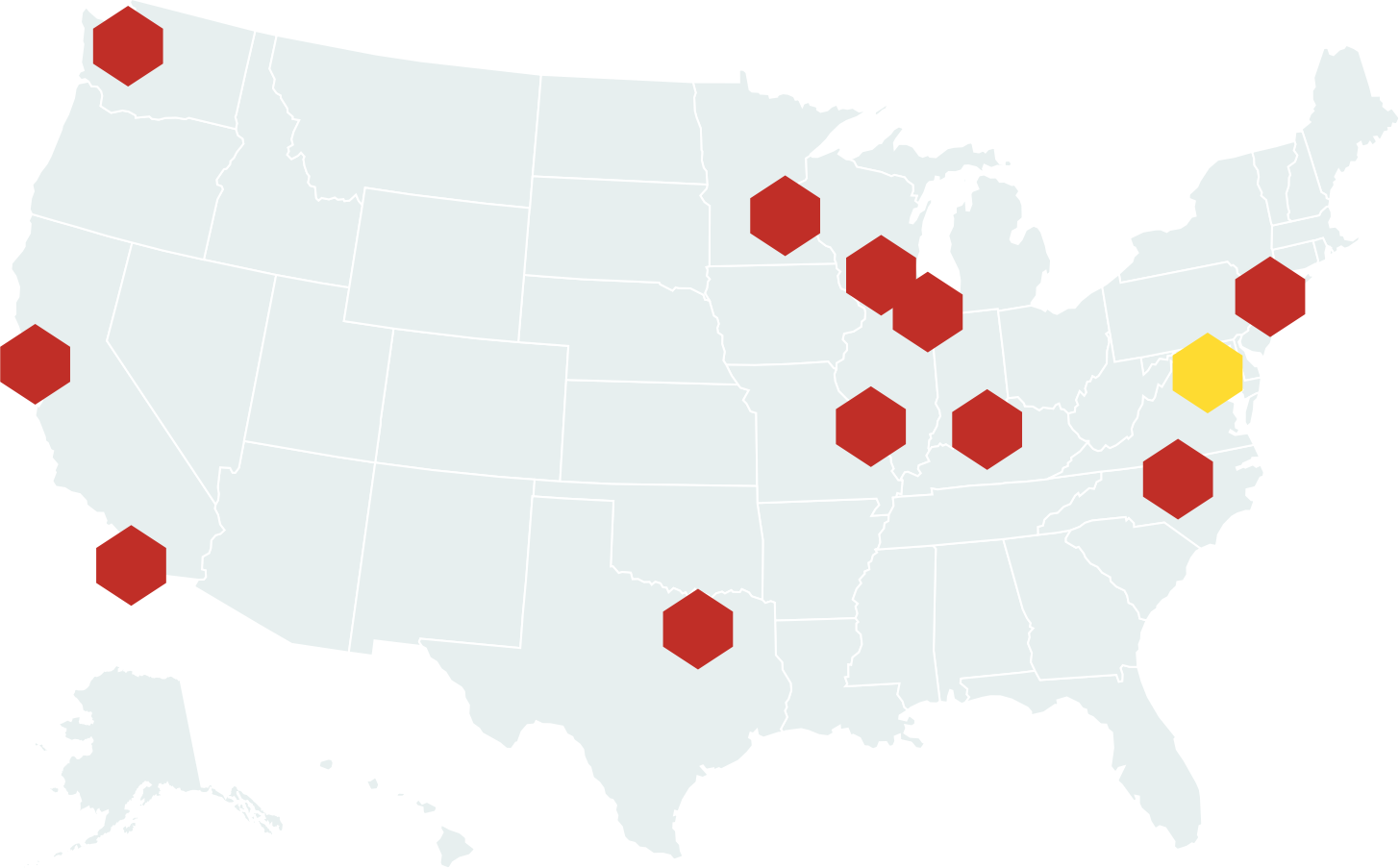In 2017, 1,147 people were killed by the police,[1] and in the 100 largest cities between 2013 and 2017, Black people comprised 39 percent of those killed despite comprising only 21 percent of the population.[2] Police in the United States kill more people per day than other countries do in years.[3] Despite the pervasive use of force employed by police departments across the country, there is no national standard governing use-of-force policies,[5] which leads to significant subjectivity when prosecuting officers for excessive use of force.[6]
To achieve greater accountability, local elected officials can play an important role in advocating for strong use-of-force policies that prioritize the sanctity of life, put limits on the type of force officers can use and under what circumstances, and require robust data collection and reporting. While local elected officials may not be able to directly legislate the content of a use-of-force policy, they should be able to pass legislation mandating that local law enforcement develop a strong use-of-force policy, make the policy public, and collect and report on data. Find our full use of force evaluation tool here.
Not in one of these 12 cities? Use our interactive use of force tool to do your own evaluation »
See how 12 cities compare on use of force policy.
This interactive tool allows you to sort by different criteria, city size, and overall score. Click on a city name to see the full policy research on that jurisdiction, including citations.
= On Track to a Strong Policy
= Making Progress With Need for Improvement
= Significant Room for Improvement
| Summary | Population | iCommitment to Life | iForce Continuum | iLimitations | iOfficer Intervention | iAccountibility | iDe-escalation | iPublic Reporting | |
|---|---|---|---|---|---|---|---|---|---|
| Chicago | Significant Room for Improvement | 2.7m Population | 1 Commitment to Lifei | 1 Force Continuum i | 3 Limitations i | 1 Officer Intervention i | 2 Accountibilityi | 3 De-escalation i | 3 Public Reporting i |
| Dallas | Significant Room for Improvement | 1.3m Population | 1 Commitment to Life i | 1 Force Continuum i | 3 Limitations i | 3 Officer Intervention i | 2 Accountibilityi | 3 De-escalation i | 3 Public Reporting i |
| Durham | Significant Room for Improvement |
$257
257k Population |
3 Commitment to Life i | 2 Force Continuum i | 3 Limitations i | 3 Officer Intervention i | 2 Accountibilityi | 3 De-escalation i | 2 Public Reporting i |
| Louisville | Significant Room for Improvement |
$615
615k Population |
1 Commitment to Life i | 1 Force Continuum i | 3 Limitations i | 3 Officer Intervention i | 2 Accountibilityi | 3 De-escalation i | 2 Public Reporting i |
| Madison | Significant Room for Improvement |
$249
249k Population |
1 Commitment to Life i | 3 Force Continuum i | 2 Limitations i | 1 Officer Intervention i | 2 Accountibilityi | 3 De-escalation i | 3 Public Reporting i |
| Minneapolis | Significant Room for Improvement |
$424
424k Population |
1 Commitment to Life i | 3 Force Continuum i | 3 Limitations i | 1 Officer Intervention i | 3 Accountibilityi | 1 De-escalation i | 3 Public Reporting i |
| New York City | Significant Room for Improvement | 8.6m Population | 1 Commitment to Life i | 1 Force Continuum i | 3 Limitations i | 1 Officer Intervention i | 2 Accountibilityi | 3 De-escalation i | 2 Public Reporting i |
| San Diego | Significant Room for Improvement | 1.4m Population | 1 Commitment to Life i | 1 Force Continuum i | 3 Limitations i | 3 Officer Intervention i | 3 Accountibilityi | 3 De-escalation i | 3 Public Reporting i |
| San Francisco | Significant Room for Improvement |
$864
864k Population |
1 Commitment to Life i | 2 Force Continuum i | 1 Limitations i | 1 Officer Intervention i | 2 Accountibilityi | 3 De-escalation i | 3 Public Reporting i |
| Seattle | Significant Room for Improvement |
$688
688k Population |
1 Commitment to Life i | 1 Force Continuum i | 3 Limitations i | 1 Officer Intervention i | 2 Accountibilityi | 3 De-escalation i | 3 Public Reporting i |
| St. Louis | Significant Room for Improvement |
$318
318k Population |
1 Commitment to Life i | 1 Force Continuum i | 2 Limitations i | 3 Officer Intervention i | 2 Accountibilityi | 3 De-escalation i | 3 Public Reporting i |
| Washington, D.C. | Making Progress With Need for Improvement |
$672
672k Population |
1 Commitment to Life i | 1 Force Continuum i | 2 Limitations i | 3 Officer Intervention i | 2 Accountibilityi | 3 De-escalation i | 2 Public Reporting i |
![]()
To create our use of force methodology, we drew insight from the pivotal work of Campaign Zero and its Police Use of Force Project. Campaign Zero also reviewed the use of force policies of America’s 100 largest city police departments to determine whether they include meaningful protections against police violence. Critically, their analysis found significantly fewer killings by police departments with strong policies in place.

Use of Force Methodology
CPD researchers evaluated each jurisdiction based on a full set of policy criteria as developed in the Reform/Transform toolkit in collaboration with policy experts and advocates. Because the original tool is lengthy and the questions are numerous, we organized the full list of questions into a smaller number of thematic groupings. This process yielded seven broader groupings of questions (which encompassed all of the sub-questions from the original, full-length tool). Finally, we developed a ranking system to differentiate jurisdictions’ performance based on how successfully their use of force policies fulfill these seven broad criteria. Because not all questions should be weighted equally (some criteria are more essential to giving a policy teeth than others), our ranking system reflects researchers’ judgements about what components are critical to real accountability based on research and previous conversations with policy experts. Read more »
An acknowledgement: This project aims to evaluate policy and to give policymakers, organizers, and activists the tools to push stronger policies on police reform. We recognize that lived experience and implementation of policy are crucial in their own right and may well differ from the stated policy on the books.
